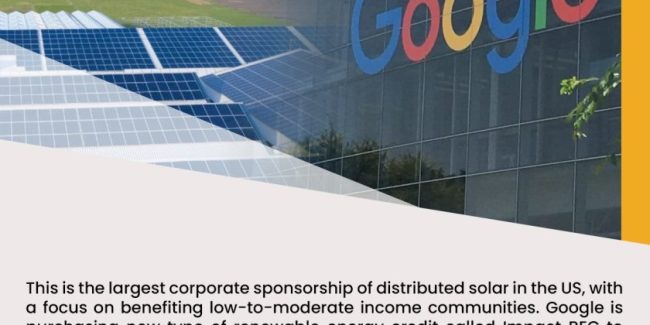Barriers to Renewable Transition: Solar energy is a clean and sustainable energy source that has…

Understanding the Lifespan of Inverters and Optimizers for Solar Energy Systems
Introduction: As solar energy gains popularity among homeowners and businesses, understanding the longevity of solar…

IEA is projected to increase renewable energy by 25%;
The IEA has raises its projections for new renewable energy resources by over 25 percent in 2021-2022, after facilities have met their forecasts far in 2020.

A new energy strategy to drive the Asian shift to energy
The Asian Development Bank (ADB), through an extensive energy policy, ensuring the natural, social, economical, and sustainable climate is committed to helping its developing countries (DMCs) provide clean, green, efficient, sufficient, and affordable energy to ensure inclusive growth.

Pakistan heading towards the decarbonized environment?
We are focusing on the Covid-19 pandemic, but the world’s biggest threat remains the climate crisis. To restrict the global temperature to 1.5°C, CO2 emissions are reduced to half by 2030 and hit net null by 2050.
Although these commitments were inadequate. A pandemic and the subsequent economic shutdown resulted in a 4-8% reduction in global carbon emissions.
Decarbonization is the best way out of a conundrum and to make it quick.

TRINA SOLAR LATEST SOLUTION NEWS BLOG
TrinaPro is a project launched as a PV (Photovoltaic) Solution that is intended and built for mount utility-scale ground, floating solar projects, and other commercial applications. It was invented with the sole motive to meet the demand of Power station developers, proprietors, and EPCs (Engineering Procurement construction companies).
TrinaPro is developed with the proper efficiency that responsibly reduces the LCOE (Levelized Cost of energy) System to optimize the integration and operations of O&M.

Solar inventories are being slammed as supply chains enter clean energy market bottlenecks
Solar stocks fell on Tuesday, adding to recent losses, as businesses expressed concern over supply chain bottlenecks and parts shortages.
The Invesco Solar ETF, which monitors the space industry, fell 7%, taking its one-month loss to 15%.
SolarEdge experienced the biggest fund loss with a 15% decline. On Monday evening, the firm released its earnings. Although the company’s top and bottom-line performance beat market estimates, SolarEdge cautioned that higher freight costs would erode margins in the future.

7 ENERGY PROJECTS ARE COMPOSED TO IMPACT GLOBAL ENERGY TRANSITION
Due to the unforeseen disasters of the year 2020, it is observed that the global environment is taking a speedy pace towards a clean and healthy energy future free of carbon emissions. According to this new change, 7 emerging energy technologies have been seen to evolve with challenges of climatic changes.
7 EMERGING ENERGY PROJECTS PROGRESSED TO CHANGE FUTURE OF ENERGY PRODUCTION

Lowest Bid submitted for Uzbekistan’s Sherbabad SV Solar Project by Masdar
Masdar, based in the United Arab Emirates, has submitted the lowest bid for Uzbekistan’s proposed 200MW Sherabad photovoltaic (PV) solar independent power producer (IPP) project.
Only Masdar’s offer of $cents1.8045/kWh fell below $2 cents/kWh. The second-lowest tariff, $cents2.1621/kWh, was submitted by a consortium led by China’s Jinko Power and China Power Holding International. Acwa Power of Saudi Arabia submitted a tariff of $cents2.4825/kWh, while Total Eren and Total Solar of France submitted a tariff of $cents3.3940/kWh.

Money never looked greener until 2020 – Evaluation of ESG and sustainable financing in the Middle East
The expansion of funds and programs with a deliberate emphasis on boosting environmental and economic growth signaled a surprising and drastic change in global finance last year. Huge inflows of cash are seen in “eco funds” and other renewable funding projects, as well as a broader pattern of money, moving into ESG (environmental, social, and governance) investing.
This pattern, like all global financial phenomena, is the product of a complex web of interconnected causes. Industry experts, on the other hand, repeatedly refer to the pandemic as a cause for investors’ attitudes and decision-making processes to change in favor of ESG investing.


